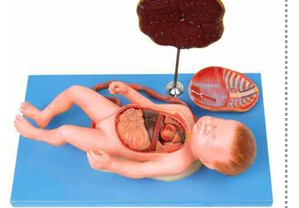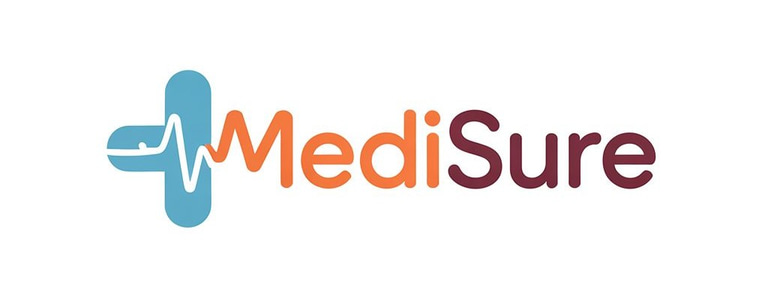رَبِّ زِدْنِي عِلْماً

Fetus with Viscus and Placenta
Embryology
₹82.00₹22.00
The fetus, a developing human embryo or unborn baby, undergoes numerous changes throughout its time in the womb. Central to its growth and development are two critical components: the viscera and the placenta. The viscus, which refers to the internal organs within the body, plays a pivotal role in the developmental stages of the fetus. As the fetus grows, its organs initialize and mature, setting the foundation for future bodily functions. Notably, the development of organs such as the heart, lungs, liver, and intestines is not merely an isolated process; rather, it is intricately connected to the placenta. The placenta is a remarkable organ that forms during pregnancy, serving several essential functions. It acts as the interface between the mother and the fetus, providing oxygen and nutrients while also facilitating the removal of waste products. This organ is generally attached to the uterus and comprises both maternal and fetal tissues. As the fetus grows, the placenta continues to adapt to meet its changing needs. The relationship between the fetus and the placenta can be seen as a lifeline, essential for nurturing the developing child and ensuring its survival in the womb. During gestation, the placenta develops complex structures, allowing for efficient exchange between maternal blood and fetal blood without direct contact. This mechanism is vital for providing the fetus with the necessary elements for growth, including glucose, vitamins, and minerals while regulating the levels of carbon dioxide and other metabolic waste. Moreover, the placenta also produces hormones that play significant roles in maintaining pregnancy and preparing the mother's body for childbirth. Understanding the interactions between the fetus, its viscera, and the placenta is crucial for recognizing the complexities of prenatal development. Any disruption in these processes could have serious implications for the health of both the mother and the child. Researchers continue to investigate these relationships, focusing on how abnormalities in placental function may lead to pregnancy complications, such as preeclampsia or intrauterine growth restriction (IUGR). In summary, the fetus with its viscus and placenta is a testament to the intricate and vital connections that shape human development. These relationships are not only fundamental to nurturing life but also highlight the fascinating biological processes that occur before birth. As science continues to advance, a deeper understanding of these components will pave the way for improved prenatal care and outcomes.
Training
Providing essential healthcare training and simulation solutions.
COntacts
Support
info@medisureinternational.com
+91 9972123423
© Medisure. All Rights Are Reserved
Crafted with ❤️by Influence Kashmir
